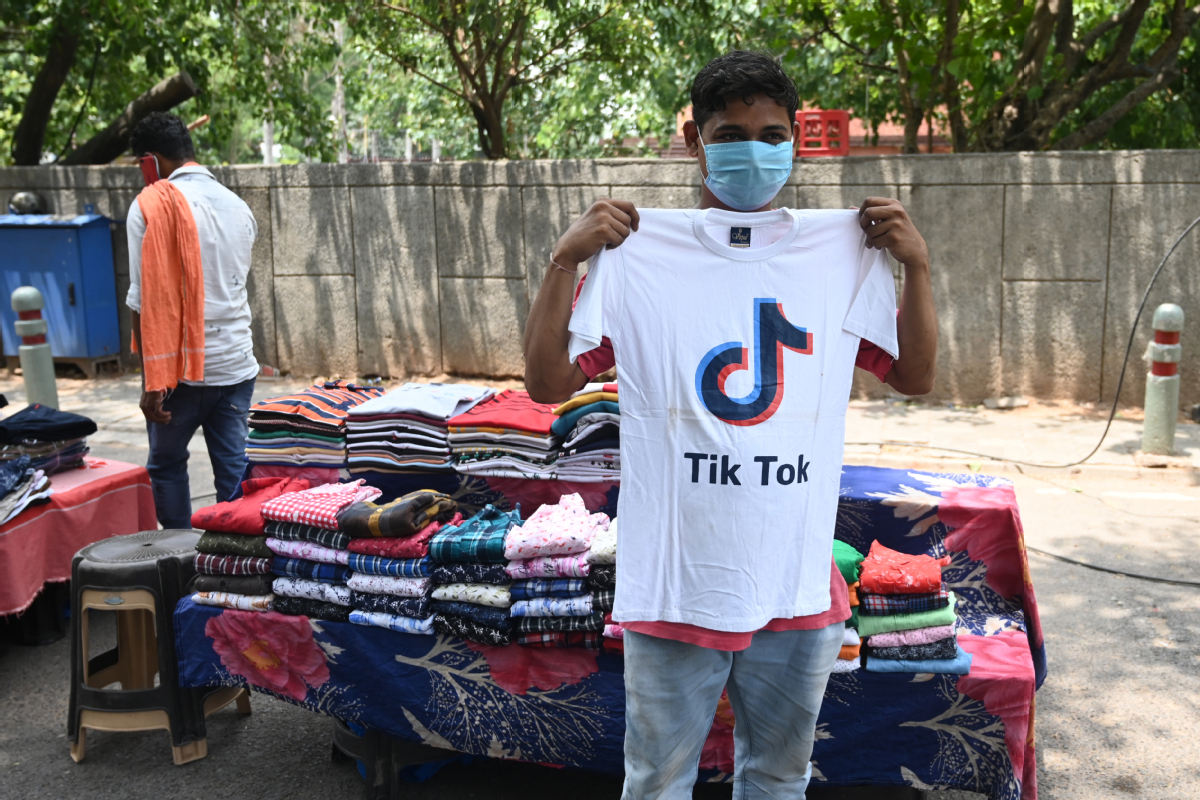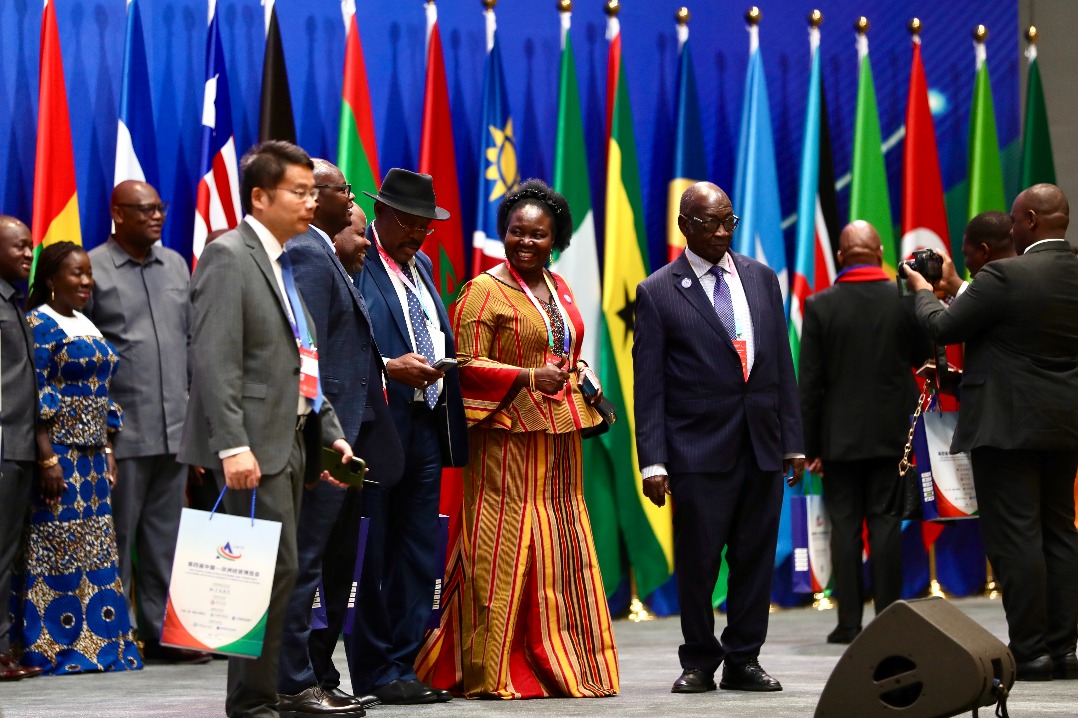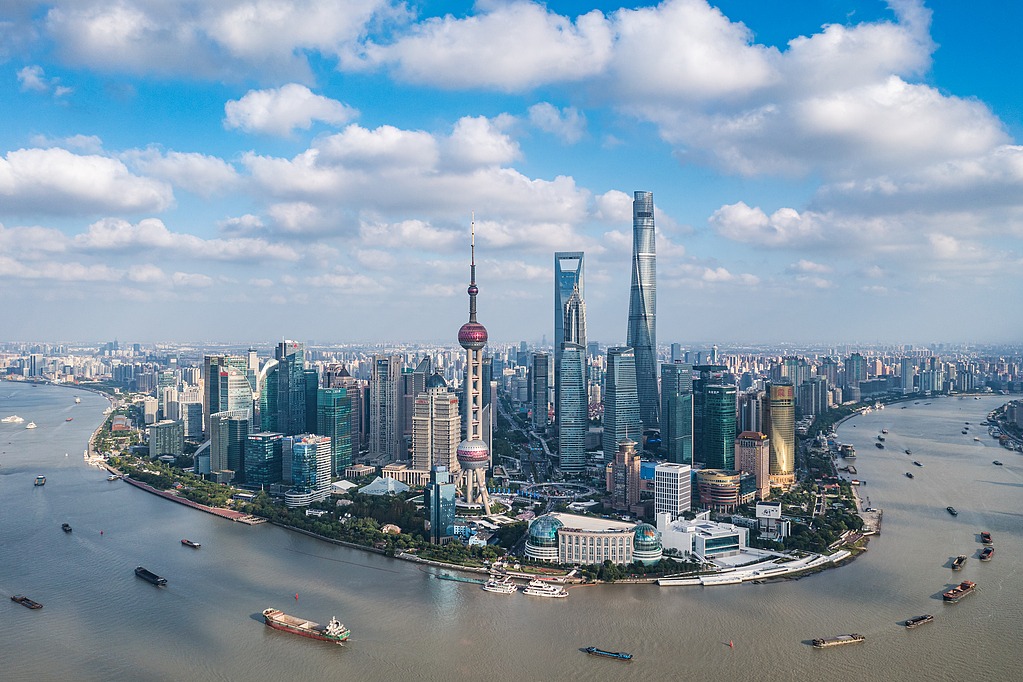Chinese response to Indian investment curbs may be nuanced


India's investment restrictions on China reflect not only the Indian government's anxiety about its economy but also its speculative mind. Such extreme restrictions appear to pander to the sentiments of India's ultra-nationalists. China should realize other countries may be tempted to consider similar measures so it should plan in advance.
India's restrictions on Chinese investments appear to be related to several factors. To start with, the Indian government is worrying about the domestic industrial chain's dependence on China. This realization may have overwhelmed it so much it felt an urgent need for funds after the epidemic.
Over the past five years, India has relied heavily on Chinese goods, capital, and enterprises. Since the COVID-19 pandemic, India has become more sensitive to dependence on foreign countries. The Indian government hopes to accelerate the localization of the country's industry chain, which directly prompted the introduction of restrictive policies.
In recent times, Chinese investment, especially that of venture capital firms, has faced strict reviews from the United States, Europe and other countries. So, many of them switched to the Indian market. The Indian side may think it is difficult for China to fight back at this critical time.
In addition, India has been frustrated by the recent Sino-Indian border friction. Against that background, the Indian government's hope appears to be that investment restrictions on China may ease the whipped-up emotions of ultra-nationalists.
Another calculation could be that India hopes to rein in, or even lower, growing Chinese investments. A study showed that the amount of Chinese investment in India may far exceed official data. The growth of Chinese investment is beyond imagination with a relatively high proportion of investment from Chinese State-owned enterprises.
Data from the China Council for the Promotion of International Trade showed that the Chinese direct investment in India neared $8 billion last year. Data from India showed that direct investment from China accounted for only about 0.5 percent of India's total foreign direct investment.
On the other hand, India may want to leverage the United States' Indo-Pacific strategy to exert pressure on China. It is also possible that the US encourages India to implement investment restrictions on China, as the US and other developed countries are very alert about the rising competitiveness of China's internet-based companies.
Besides India's extreme restrictions on Chinese investments, government officials from the US and Australia have mooted similar restrictions on TikTok, a Chinese app for sharing short videos. So, it would be reasonable to speculate that restrictions on Chinese investments may be a coordinated ploy internationally to test the economic impact brought by the "firewall".China should be vigilant in this context.
It is also likely that India, through restrictions on China, wants to support its own domestic technology companies, especially internet-based startups. In fact, the vast majority of new startups in India are currently in their infancy and many of them are losing money.
In addition, India's local e-commerce is growing comparatively slowly due to its low per capita income and sluggish domestic demand. Social media startups have low advertising revenues, making them difficult to make profits. With the aim of improving per capita income and nurturing its own unicorns in mind, India may have targeted Chinese companies and imposed restrictions.
Such moves since the second quarter of this year have the following characteristics. To begin with, India's investment restrictions include almost all types of investment, such as greenfield investments, mergers and acquisitions, securities investments and venture capital investments.
Second, the restrictions are seen as indiscriminate strikes on both State-owned and private investors from China.
Third, such restrictions may continue for a period of time rather than be short-term measures. Whether they will become a long-term policy remains to be seen.
Last, India's chosen method of blocking Chinese investment and mobile applications has exhumed the traditional methods of imposing restrictions.
In fact, India's new restrictions have different objectives and impacts on different industries. Currently, Chinese investment in India is mainly concentrated in three industries: infrastructure and related industries; consumer goods, especially electronics and consumer durables; and the information industry, especially internet-based companies.
First and foremost, India's main purpose of restricting investment in the infrastructure sector is to increase its own control over this key industry. China already has a foundation in India's infrastructure construction. The Indian side may think that it is profitable to transfer the controlling power to Indians.
The idea is likely to increase political risks of China's existing investment in India's infrastructure, which involves multiple projects such as power equipment, railways and subways, construction equipment, optical fibers, and telecommunications equipment.
As for investment restrictions in consumer goods, India is more willing to transfer part of its control in exchange for the development of the local manufacturing industry. As a result, in this sector, as long as India's goal of developing its own manufacturing industry remains unchanged, the general trend of utilizing Chinese capital will not change too much.
China's investment in India's consumer goods industry includes the production of automobiles, air conditioners, refrigerators and mobile phones. If Chinese investment can boost India's manufacturing, transfer some technologies, and help reduce local unemployment rates, Indian restrictions may not have a substantial impact on Chinese investment.
Furthermore, India is also likely to increase the degree of preferential investment policies to attract other countries and some Chinese companies, to transfer production projects from China and allocate some labor-intensive production process to India.
However, India's restrictions on China's investments in emerging startups are intended to exclude Chinese companies from the Indian market and cultivate domestic unicorns. Such restrictive policies will have a severe impact on Chinese capital. China should pay attention to a potential trend of other countries following suit.
If other countries seek to emulate India in restricting Chinese investments, then Baidu Inc, Alibaba Group, Tencent Holdings Ltd, Didi, Ant Financial, ByteDance (TikTok's owner) and other Chinese technology companies may bear the brunt of such measures. Any such unprecedented and severe restrictions could significantly reduce the profitability of China's venture capital firms.
Technically, China can deal with India's investment restrictions in three ways at least. To start with, China can sue India for violating the nondiscrimination principle through the World Trade Organization.
Second, China can leverage the Sino-Indian bilateral investment agreement for redress.
Finally, China can carry out moderate countermeasures in the trade sector without affecting the overall relations and without aggravating the current situation.
China can even restrict the export of certain commodities to India, depending on the severity of the situation.
The writer is an associate research fellow at the Institute of World Economics and Politics, which is part of the Chinese Academy of Social Sciences, and a special research fellow at the Institute of Economics, the City University of Macau.
The writer is an associate research fellow at the Institute of World Economics and Politics, which is part of the Chinese Academy of Social Sciences, and a special research fellow at the Institute of Economics, the City University of Macau.
The views don't necessarily reflect those of China Daily.




































